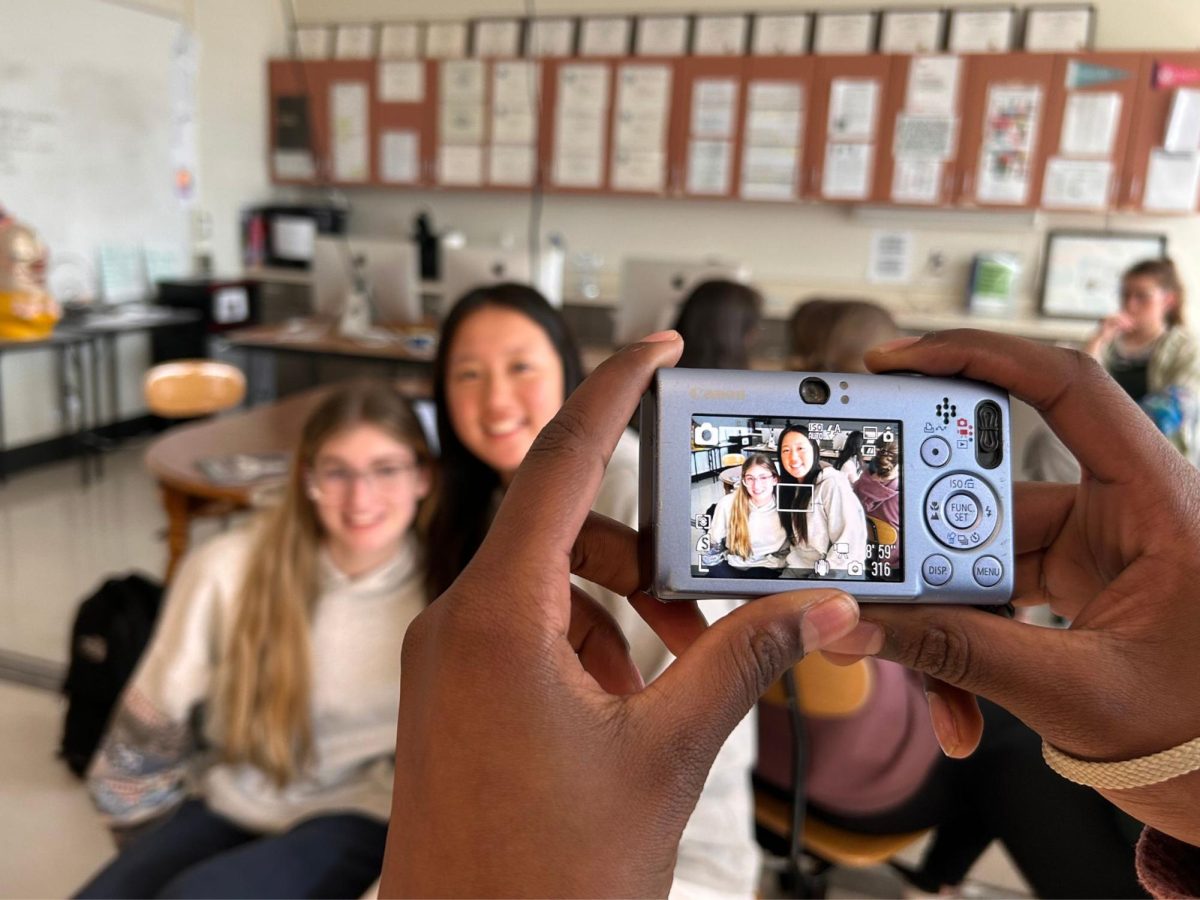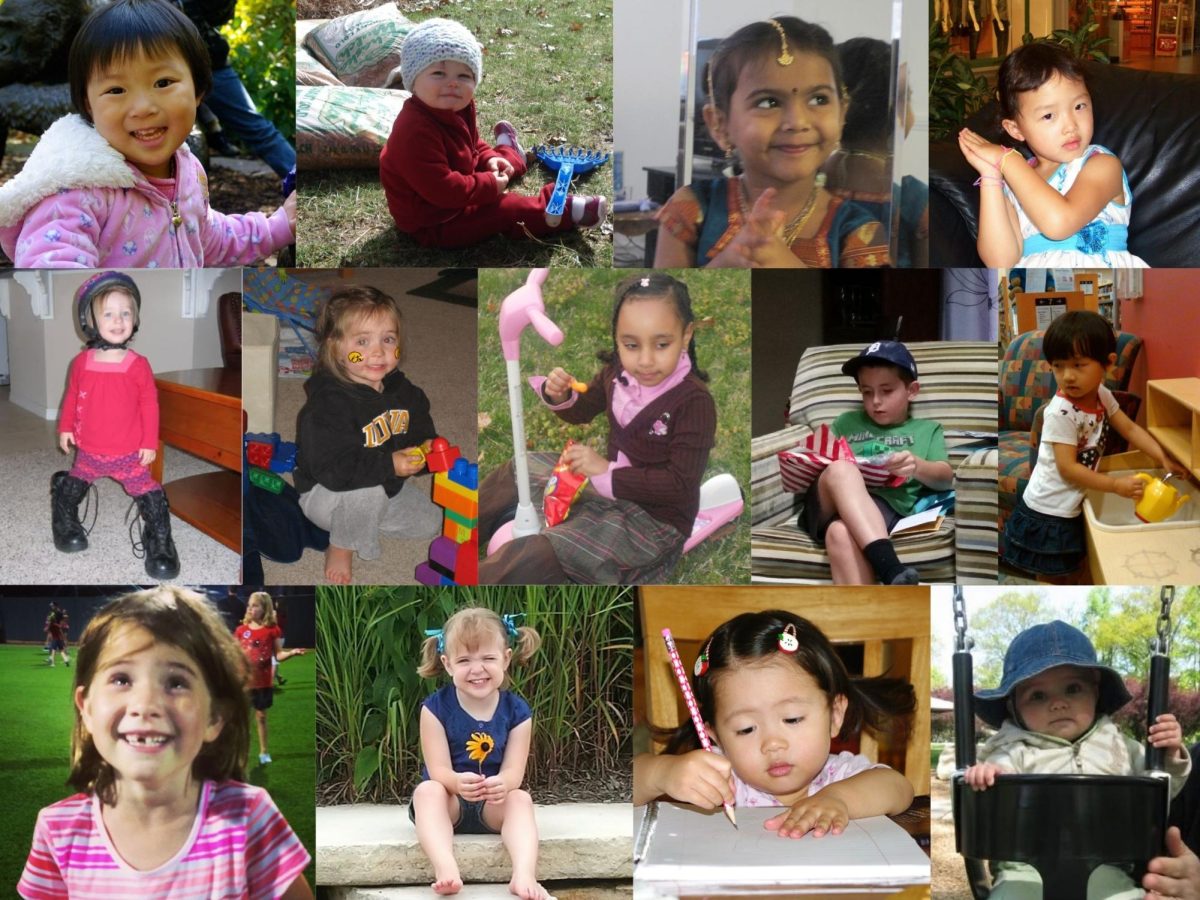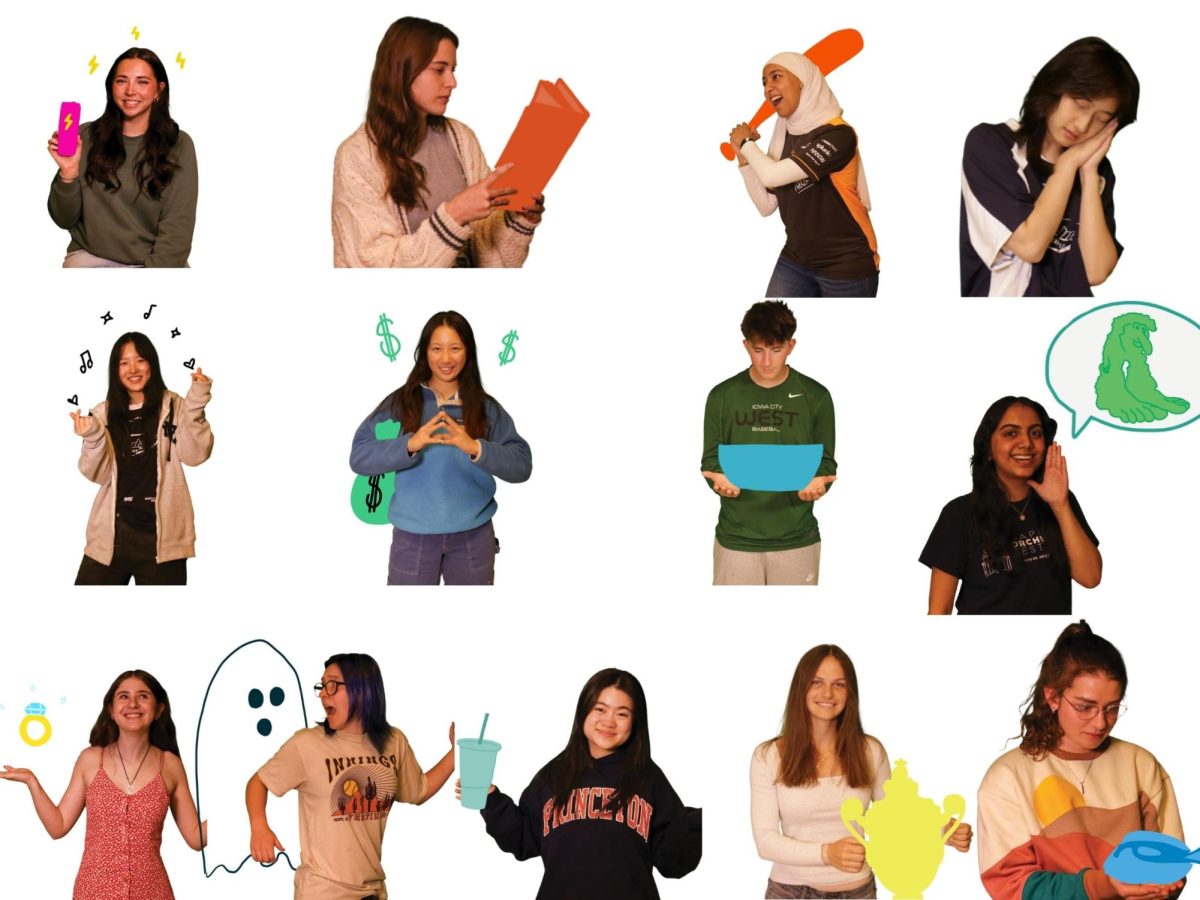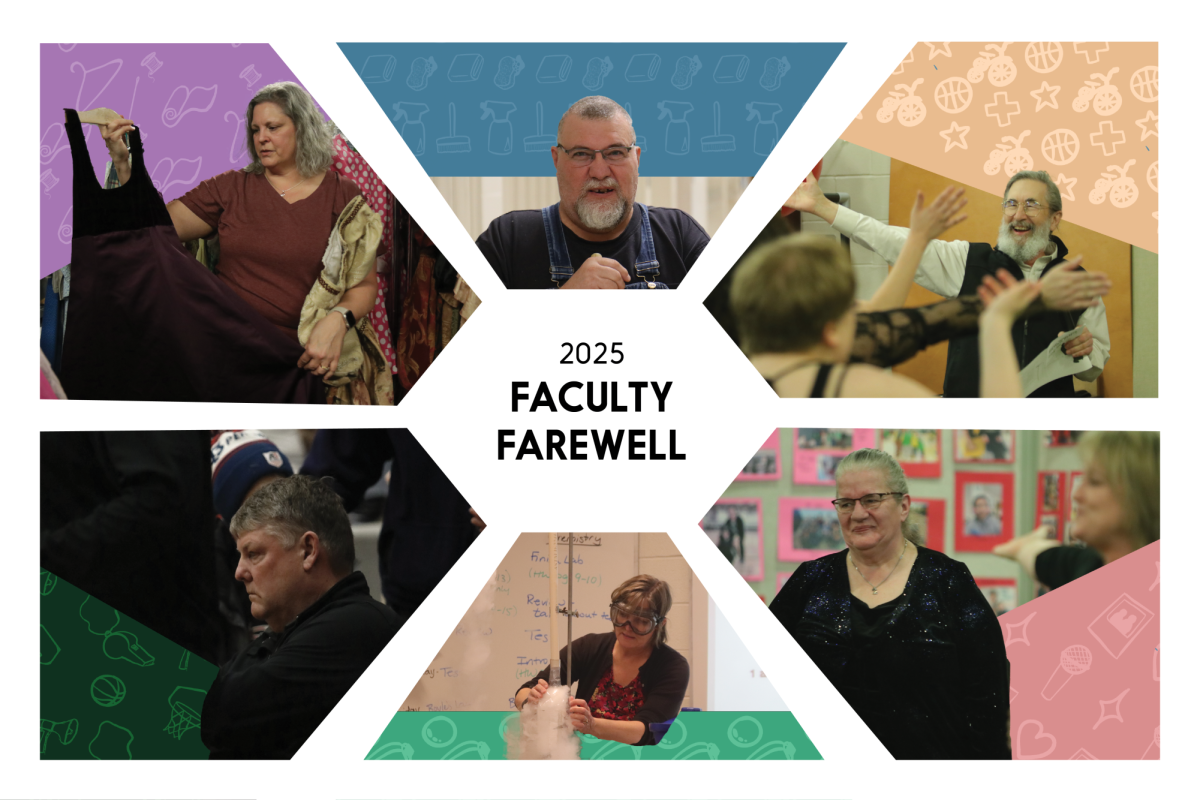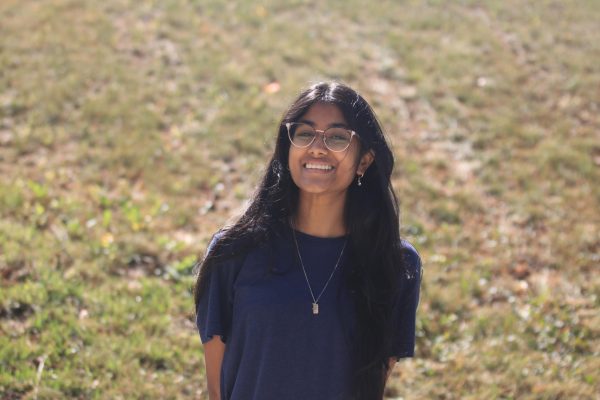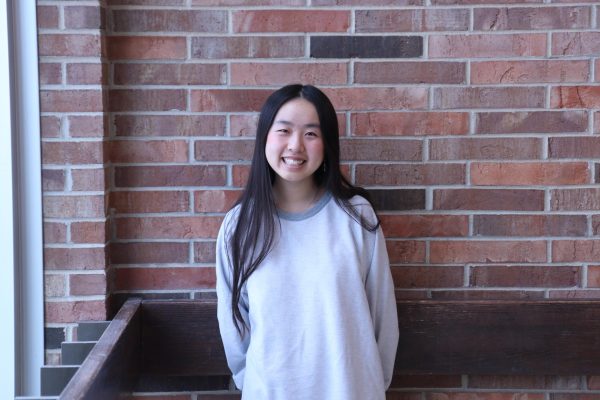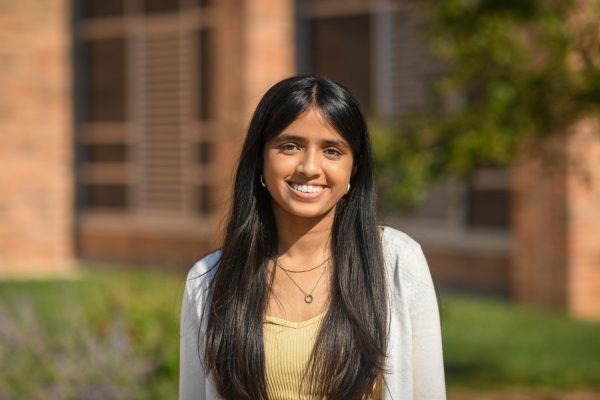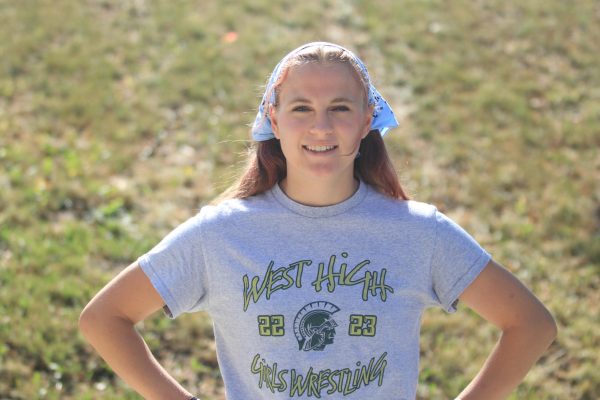By the end of their junior year, high school students have compiled a lengthy list of extracurriculars, internships and volunteer hours to impress college admissions committees at their dream institutions. As March comes to a close, millions of students across the world simultaneously refresh their college application portals, all hoping for ‘Congratulations’ to fill their screens. For the majority, visions are shattered as rejection letters flood in. West students share their success stories amid an increasingly competitive admissions process.
Contemplating college
As students nationwide apply to colleges, many overlook post-secondary options such as a gap year, entering the workforce or enlisting in the military. Societal stigmas often discourage these options, labeling students as less intelligent if they choose not to attend a traditional college after graduation.
A gap year is a hiatus from directly pursuing college after high school graduation to pursue work, travel or other activities. During a gap year, individuals can gain valuable life experiences and contemplate their future career paths. The time offers individuals flexibility to save money for college, gain work experience or focus on personal growth. However, gap years can result in a more difficult transition back to school due to a lack of momentum in the process of receiving a post-secondary degree.
After high school, students may enter the workforce directly or pursue vocational training, which involves acquiring skills and knowledge specific to a particular occupation. In 2021, 27.8% of graduates directly entered the workforce after obtaining their high school diploma.
However, a lack of higher education can lead to limited job opportunities with lower earning potential, limited networking and challenges in evolving career paths.
Students may also consider joining the military immediately after high school. Senior Yaya Orszula will attend the United States Military Academy at West Point this fall. This exclusive four-year federal service academy is located in West Point, New York and offers a typical cadet life: military training, leadership development and academic classes.
“I want to be the best I can be in academics, leadership-wise and physically, and I think West Point gives me the best opportunity to do that,” Orszula said. “Most people don’t even know that service academies exist, but I think it’s important to let the student body know [they do].”
Orszula was first interested in the Reserve Officers’ Training Corps (ROTC), a leadership program that prepares college students for military service while also offering scholarship opportunities to support their college education. However, after learning about an alumni’s Naval Academy experience, Orszula applied to military academies.
Although military academies, like West Point, require mandatory service, they also develop valuable skills applicable to civilian life and specialized fields, creating the potential for increased income, job security and opportunities post-service. The West Point Leader Development System is specifically designed to produce leaders through its cadet honor code. Additionally, these schools offer tuition-free education and provide stipends to students during their attendance.
“They want people who are determined, persevere through adversity and have a lot of character. Character is one of their big things, that you’re morally upright,” Orszula said. “If you’re only going to a service academy for prestige, you’re not going to make it because I talked to people, and they’re like, ‘You have to know your “why” when it gets hard’.”
Despite the mandatory service West Point requires, Orszula believes its academics and training make it the best opportunity for her future career as a military police officer.
“West Point gives you a really good foundation as the best leadership training in the world that has excellent academics,” Orszula said. “They prepare you to make hard decisions in tough moments when you’re under pressure.”
In addition to college alternatives, 43.4% of 2023 high school graduates attended a four-year institution directly after graduating high school. Notable advantages of attending such institutions include increased post-graduate career satisfaction and financial stability, with a 20% difference in annual household income observed between four-year institution attendees versus others.

According to counselor Kelly Bergmann, 70% of West graduates attend four-year colleges. She believes West excels in guiding students through both alternative pathways and college education.
“We do an outstanding job of [preparing students for college]. In fact, a lot of the feedback that we get is that college is easier than what they did at West High, so I think we have really high standards and expect a lot out of our students,” Bergmann said. “In the past, we were very focused on four-year colleges and Ivy Leagues. Now, especially with the addition of [people] like Russ Johnson, who does a lot of our career stuff and helps our students who are doing trade school, military or starting at Kirkwood, we really like to meet the student and figure out what’s best for them.”
Andrew Dong ’24 was accepted into Harvard University as a restrictive early action (REA) applicant. He reflects on the many possible paths to success after high school.
“College admissions these days is a test to see who matures first and who is able to realize what they want to do first in this world,” Dong said. “Getting into Harvard is not at all an indicator of your future success because there’ll be people when they’re 24, 25, 26, who actually discover what they want to do, and they’ll do it far better than you did when you were 18 or 17.”
Campus choices
Within the past few years, the most selective universities have become even more selective, with acceptance rates at an all-time low. Dong believes the college application process has become streamlined through Common App and test-optional policies, which leads to a rise in the number of schools each applicant applies to. For example, Stanford University’s low acceptance rate of 3.7% in 2022 has led the institution to no longer release its admissions data in 2023 to prevent discouraging students from applying.
“If you look at the stats, the applications to all the top universities have increased a lot, but the applications to the state-level universities have remained the same. There’s this big shift in chasing prestige now,” Dong said. “You go back 20 years ago, and the college admissions landscape [was] drastically different than today. Any research into it will tell you that, with the introduction of the Common App and kids applying to 20+ schools yearly, acceptance rates are bound to decrease.”
Lower acceptance rates often correlate with a school’s prestige, where students are frequently drawn to a school due to the reputation of its programs and opportunities. However, for Dong, the connections he has made are the most significant factor that has impacted his choice of college.
“I had a lot of friends who [got] into Harvard. These were friends that I looked up to when I was around them, and they were friends I wanted to be around. I wanted to surround myself with people like them for the next few years as I moved into college,” Dong said. “You can get a good college education anywhere. What matters are the people you surround yourself with.”
As students weigh their options, money is often one of the biggest factors influencing their choice. Siomara Luna-Garcia ’24, a QuestBridge Scholar, matched with her second choice of Dartmouth. QuestBridge aims to provide low-income youth with post-secondary education opportunities primarily through full-ride scholarships.
“My college plan before finding out about QuestBridge was essentially just go to the University of Iowa,” Luna-Garcia said. “There’s no way I would financially be able to go [to Dartmouth]. Even if I got scholarships, it’s 80,000 [dollars per year], which is a lot.”
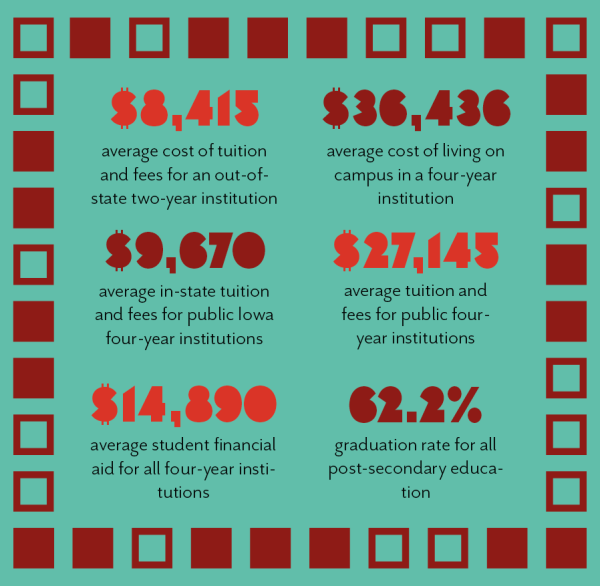
Luna-Garcia was inspired to apply as a QuestBridge Scholar by English teacher Kerri Barnhouse as a junior.
“I stumbled upon [QuestBridge] by accident my junior year because they have a junior program that gets you involved,” Luna-Garcia said. “I went through with it because Ms. Barnhouse told me about it, and she really encouraged me to apply.”
QuestBridge is binding, which means the program requires students to commit to attending a school if accepted. While this may appear restrictive, it guarantees financial aid and reflects the investment schools make in their admitted students.
“You, your parents and your guidance counselor have to sign a form saying that if you get accepted into one of these schools that you’re applying to, you’re going to go,” Luna-Garcia said. “It’s mostly just because they’re giving you such a big scholarship, so if a school accepts you, they want you to go.”
Aside from nonprofits like QuestBridge, the most common way students receive financial aid is through the Free Application for Federal Student Aid (FAFSA) form. FAFSA is a government program responsible for allocating federal aid to students based on a comprehensive survey used by colleges to determine the financial assistance students need to attend college. Eligibility is calculated by subtracting the Expected Family Contribution (EFC) from an institution’s Cost of Attendance (COA), determining the amount of need-based aid a student will receive. Higher family income reduces opportunities for grant money, emphasizing the importance of FAFSA as a valuable tool for low-income families.
This year, the U.S. Department of Education is updating FAFSA to make it easier to complete and to broaden the eligibility criteria for the federal Pell Grant. However, the primary reason for the change is to adjust for inflation so students qualify for more financial aid.
Yet, due to its delayed release from the usual October timeframe and numerous difficulties in accessing the form, many individuals are concerned that they won’t have adequate time to compare financial aid packages.
Russ Johnson serves as West’s work-based learning facilitator, dedicated to guiding students in exploring employment opportunities through internships, job shadows and trade schools. He feels the recent delays will primarily impact students reliant on financial aid to afford a college education.
“[The FAFSA form] works really well and it’s very easy, but because they changed it so much, it has affected the senior class in tremendous ways,” Johnson said. “It really affects the students who are depending on financial aid to make a decision as to where they’re going to school.”
Despite these challenges, Johnson believes that programs like FAFSA can offer essential assistance to marginalized students aspiring to pursue higher education. Access to financial aid can open up new opportunities for students to attend college.
“If they complete the form and find out that they’re going to get a grant that may pay for all or most of their school, they’re more likely going to go. So, we offer FAFSA help to every student, but we try to target who we offer the most help to because we know that getting the grant can positively affect whether they go to college,” Johnson said.
In addition to working with FAFSA, Johnson engages with students to provide them with other financial aid programs. This includes ICAN, a resource that pairs college counselors with families to discuss the nuances of paying for college. Aside from traditional college routes, Johnson also recommends other cost-effective alternatives.
Many students may resort to need-based loans, such as subsidized loans or federal grants, to pay for their college education. However, student debt burdens students, preventing them from making financial decisions like buying a house later in life. The average student takes 20 years to pay off student loan debt, with the number increasing to over 45 years for some professional graduates. Additionally, interest accumulation increases the total amount owed, further exacerbating the financial burden on students.
Regardless, students who receive economic aid to afford college are presented with new opportunities to explore cutting-edge research and programs of study. The West counseling department is dedicated to ensuring all students have access to post-secondary opportunities.
“We want to make sure that everyone has the option to go to college. For example, we recommend all kids take two years of the same world language, that way they have that admissions requirement, but we like to make sure that we’re focused on what their goals are,” Bergmann said.
College challenges
Applying to colleges comes with a variety of decision plans. Early action (EA) applicants can submit their materials before the regular deadline, typically in November, and receive a decision earlier, often by December or January. Moreover, some schools may offer restrictive early action (REA) or single-choice early action (SCEA), which allow students to apply early to an institution but typically restrict them from applying early to other private institutions. Early decision (ED), on the other hand, is a binding agreement. If a student is accepted, they are obligated to enroll in the specific institution and must withdraw all other college applications.
On the other hand, regular decision (RD) applicants adhere to the standard deadline, typically in January or February, with admission decisions released in March or April. This timeline allows students to polish their applications, finalize grades or complete projects. Additionally, students can compare their college choices before making their final decision.
Dong emphasizes that the choice to apply early depends on what is best for each individual.
“The awards that I won junior year are usually won by seniors. When I applied early, the seniors of my class still hadn’t won that award yet, so I feel like there was some benefit in applying early,” Dong said.
After the COVID-19 outbreak, the college application landscape changed drastically when colleges shifted away from standardized testing to utilize a more holistic review. However, Duke University recently emerged in news headlines for no longer assigning a numerical rating to essays due to a rise in artificial intelligence. While nearly 83% of colleges adopted test-optional policies in 2023, an increasing number of colleges have since begun reinstating standardized testing requirements.
Another significant reason for reinstating standardized tests is the diminishing accuracy of the Grade Point Average (GPA) as a metric for assessing students’ academic performance. With an uptake in flexible testing policies and an increasing number of classes offering GPAs above a 4.0, Bergmann renders GPA a less reliable indicator of academic success.
“When we do graduation, and [we say], ‘If you have above a 4.0, please stand’, it’s [roughly] a hundred kids,” Bergmann said. “A lot more [courses] are weighted now. Project Lead the Way and Kirkwood are now weighted, so there are far more students who have above a 4.0. Teachers are doing a lot more accommodating than they’ve ever done before, which leads to students having the ability to improve their grades more often, like the retake policy. It’s not that we’re trying to [increase grade inflation] purposefully — a lot of factors play into it.”
Schools, such as the University of Iowa, score students based on index-based criteria for general admissions. University of Iowa Director of Admissions Kirk Kluver explains the use of the Regent Admission Index (RAI) in the admissions process.
“I would define holistic review as looking at several factors that go beyond test scores and GPA. We’re looking at essays, letters of recommendations and maybe an interview, so Iowa does not have a holistic review for general admission by that definition,” Kluver said. “The RAI is a very transparent formula that assures a path to admission for students who have completed the minimum core courses and have an RAI for Iowa residents of 245 or above.”
Nepotism and socioeconomic status can also significantly influence the college admission process. Students who benefit from legacy-based admissions, which is favoritism shown to relatives or close associates of an applicant, are more likely to gain admission to a selective university than those navigating the process for the first time. First-generation college students frequently encounter difficulties navigating the application process due to their lack of a family member with higher education experience. Bergmann recommends using resources online and at West to research deadlines, application tips and scholarship opportunities.
“There’s a list of 50 [full-need colleges]; a lot of them are private liberal arts schools that are smaller and will meet full need. It’s also about knowing what your options are instead of thinking, ‘My only option is Kirkwood because I don’t have a lot of money’ — the sticker price versus what it will actually cost you [can vary greatly]. It does take a lot of research, collaboration with [counselors] and Google to figure out ‘What other options do I have?’ if money is that barrier,” Bergmann said.
Luna-Garcia agrees that using online resources to search for scholarships can assist all students in uncovering potential opportunities for financial aid. Furthermore, she emphasizes that applying for scholarships, even those with competitive selection processes, can provide significant benefits to students seeking economic assistance.
“[You should] spend hours going through every single link you can find online. Even if you just search up ‘scholarships,’ try to narrow it down to scholarships for women, tennis, football, STEM or whatever racial or sexual orientation [you are],” Luna-Garcia said. “Keep trying until you find something. Even if you’re not sure that you can get that scholarship, still submit your application. I wasn’t sure if I was going to get into QuestBridge or into the other scholarships that I got my junior year, but I still submitted [an application].”
As the number of applicants who apply to selective colleges continues to rise each year, the bar for extracurricular involvement is set higher to distinguish oneself as an applicant. Students face pressure to engage in various activities, such as playing a sport or instrument, starting a nonprofit, conducting research in a lab, completing internships, accumulating volunteer hours, taking more Advanced Placement (AP) courses or pursuing passion projects to demonstrate their commitment to their interests. Dong emphasizes the importance of self-agency when discovering activities that an individual is passionate about.
“You have to demonstrate a certain level of initiative if you want to achieve your goals, whether that be in the workforce, trade school [or] community college. Nothing is ever going to be handed to you. Sometimes, if you want to do something and there aren’t opportunities available, you just have to start your own. I don’t think [this is] a problem with West; the opportunities are there, you just have to seek them,” Dong said. “I really enjoyed what I did throughout high school. I didn’t feel like I was forcing myself to do anything — that shines through in the end.”
Finding opportunities, submitting applications, and awaiting responses can evoke intense stress for countless students. For many, the outcomes of college decisions will carry profound implications for their mental health. Bergmann has witnessed firsthand the palpable anxiety students face as they grapple with pursuing admission to prestigious institutions.
“I’m looking at your generation and some of the things you guys do at your age. I can’t fathom ever doing that, even as an adult with perfect coping mechanisms. [Students] are busy from 6 a.m. until 9 p.m. At some point, we also have to shift [focus] to students’ well-being,” Bergmann said. “It’s been really hard, because a lot of students base where they stand in terms of peers to where they get into schools. There’s a lot of weight in self-worth, of ‘[Am I] good enough to be able to do X, Y and Z?’, when in reality, it sometimes truly is the luck of the draw.”








